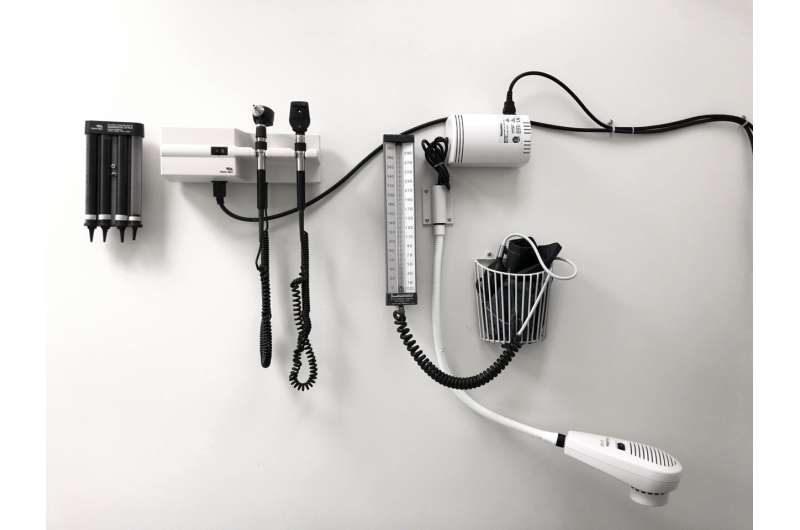Culling low-value care will cut healthcare's carbon emissions

Reducing unnecessary tests and treatments is one of the methods Australian researchers say can help lower overall healthcare carbon emission levels in the country.
In a Perspective piece published in the Medical Journal of Australia, the authors highlight it could save Australia over 8000 kilotonnes of carbon dioxide equivalent emissions per year.
Previous research has found Australia's healthcare community is responsible for seven percent of the country's national carbon emissions. The hospital and pharmaceutical sectors account for 63 percent of that carbon footprint.
"Of note, 90 percent of Australia's healthcare emissions are indirect, stemming from the extensive national and global supply chains involved in the manufacture, distribution and provision of health care goods and services," said lead author Professor Alexandra Barratt, from the University of Sydney's Faculty of Medicine and Health and the paper's lead-author.
Actions such as greening hospitals' electricity and water supplies and ending use of fossil gas are essential, but researchers say change needs to also occur in the model of clinical care in Australia.
Researchers say there are two key challenges to health system sustainability—low-value care and climate risk.
They are urgently calling for a low carbon emissions model of clinical care, which also provides healthcare of better value.
Cut unnecessary health tests
The researchers write recent estimates show that about 30 percent of healthcare can be considered wasteful or low value across the entire system, and a further 10 percent is harmful.
They say substantial carbon and financial savings could be achieved by omitting unnecessary tests and treatments, without any detriment to health.
In 2020, there were at least 80 million hematology, biochemistry and immunology tests requested in the Australian community, of which an estimated 10 to 40 percent were likely unnecessary.
Professor Barratt and her colleagues cited vitamin D testing as an example of a test that could be reduced.
Switching away from desflurane and nitrous oxide anesthetic gases, which have large footprints, was also suggested.
"One thing that can be done today is a cull of low-value care. That alone would save Australia over 8000 kilotonnes of carbon dioxide equivalent emissions per year."
'Whole of systems approach' needed
The authors recommend a whole-of-system approach, requiring involvement at government, organizational and individual levels.
"Government regulatory agencies must continue to strengthen reform efforts such as the Medicare Benefits Schedule review, while also requiring manufacturers and sponsors to provide evidence of their products' environmental impacts as well as costs and health effects and using their purchasing power to preference carbon neutral suppliers," said Professor Barratt and colleagues.
"At the [organizational] level, hospitals, health departments and professional colleges can institute training schemes and support clinical sustainability fellowships to advance better value, low carbon healthcare.
"Individual clinicians can demonstrate local leadership by recognizing the footprint of low- value care and refusing to provide it, acting as a role model to those around them."
More information: Alexandra L Barratt, Katy JL Bell, Kate Charlesworth and Forbes McGain, High value health care is low carbon health care, Medical Journal of Australia (2021). DOI: 10.5694/mja2.mja2.51331




















